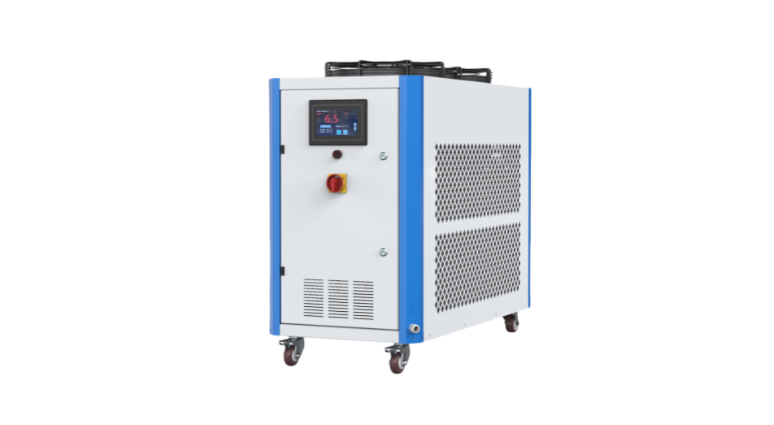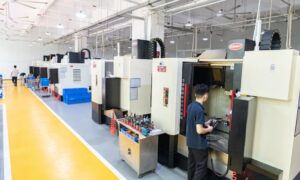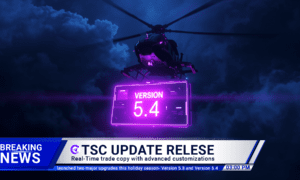Proper water flow is key to any water chiller in the injection molding process. The appropriate flow ensures consistent cooling, directly impacting product quality, cycle time, and energy efficiency. Too little flow results in uneven cooling and longer cycle times, while too much flow wastes energy and can corrode system components. For most injection molding applications, the ideal flow is 2-3 gallons per minute (GPM) per ton of cooling capacity. Topstar engineers recommend maintaining a temperature differential of 10-15°F between the supply and return lines to indicate the proper flow rate.
Calculating the Optimal Flow Rate for a Water Chiller
Determining the ideal flow rate for a water chiller requires some simple but critical calculations. First, determine the heat load of the mold, usually in kW or BTU/hr. The basic formula is: Flow (GPM) = Heat Load (BTU/hr) ÷ (500 × Temperature Difference (°F)). Most injection molds perform best with water velocities between 3-5 ft/sec in the cooling channels. Field data from Topstar shows that molds with complex geometries often require higher flow rates to prevent hot spots. Ultrasonic flow meters are used to measure actual flow rates at different points in the system. Remember that undersized pipes can limit flow even with adequate pump capacity. These calculations form the basis for optimizing chiller performance in injection molding applications.
Choose the Right Pump for Your water Chiller System
The pump is the heart of the chiller circulation system, and choosing the right pump type significantly impacts flow optimization. Centrifugal pumps are the most common, with variable speed models using 20-30% less energy than fixed speed models. Topstar recommends using pumps with built-in pressure gauges and flow meters for real-time monitoring. Connecting multiple pumps in parallel can provide better flow control and redundancy for large systems. Selecting a pump performance curve based on the system’s specific requirements is essential rather than choosing an oversized pump that wastes energy and causes excessive wear.
Maintain Good Water Quality in the Chiller System
Water quality directly affects the flow and heat transfer efficiency of the chiller. Poor water quality can lead to scale buildup in pipes and waterways (reducing flow by up to 40%), biological growth that clogs filters and reduces heat transfer, and corrosion that causes leaks and system failures. Therefore, we must implement the following water maintenance measures: use deionized or softened water to prevent mineral deposits, maintain appropriate water treatment chemical levels, install and regularly clean 50-micron particle filters, and perform monthly water pH, conductivity, and hardness tests. Topstar’s research shows that proper water treatment can increase the efficiency of chillers by 15-20% while extending the life of the equipment by several years.
Balancing Multi-Mold Water Flow
The chiller flow must be carefully balanced to achieve uniform cooling in multi-cavity or multi-mold combination molds. Uneven flow can lead to inconsistent part quality and longer cycle times. Therefore, the following steps are required for proper balancing: Install flow control valves on each mold circuit, use portable flow meters to measure flow in each circuit, adjust valves to keep flow variation within ±5% between circuits, and mark valve positions for quick setup when changing molds.
Topstar recommends using flow distributors or manifolds with independent pressure gauges for complex molds. Consider using quick disconnect fittings to simplify mold changes while maintaining flow balance. Regular rebalancing (at least once a quarter) can compensate for gradual system changes, such as filter clogging or pump wear.
Regular maintenance to ensure continued efficient operation of the chiller
Proactive maintenance ensures that your chiller maintains optimal flow efficiency. Monthly inspection: Check and clean screens/filters, pump seals and bearings, pipes, and connections for leaks. Quarterly inspection: Flush the system to remove sediment, test and recalibrate flow meters, and lubricate moving parts. Annual inspection: Thoroughly descale the system, replace worn valves and gaskets, and perform a comprehensive efficiency test.
Topstar maintenance records show that well-maintained systems maintain optimal flow 95% of the time, while poorly maintained systems only maintain optimal flow 60-70%. Keep detailed service logs to identify trends and predict component failures before they affect production.
Maximize efficiency with water flow optimization.
Optimizing water flow in water chillers in injection molding can provide significant benefits: shorter molding cycles (10-20% reduction), improved part quality (30-50% reduction in cooling-related defects), and considerable energy savings (15-30% reduction in operating costs). First, accurately assess your current flow rates and system performance. Implement improvements step by step and measure the impact at each stage. Remember that flow optimization is not a one-time task but an ongoing process that requires regular monitoring and adjustments.



































